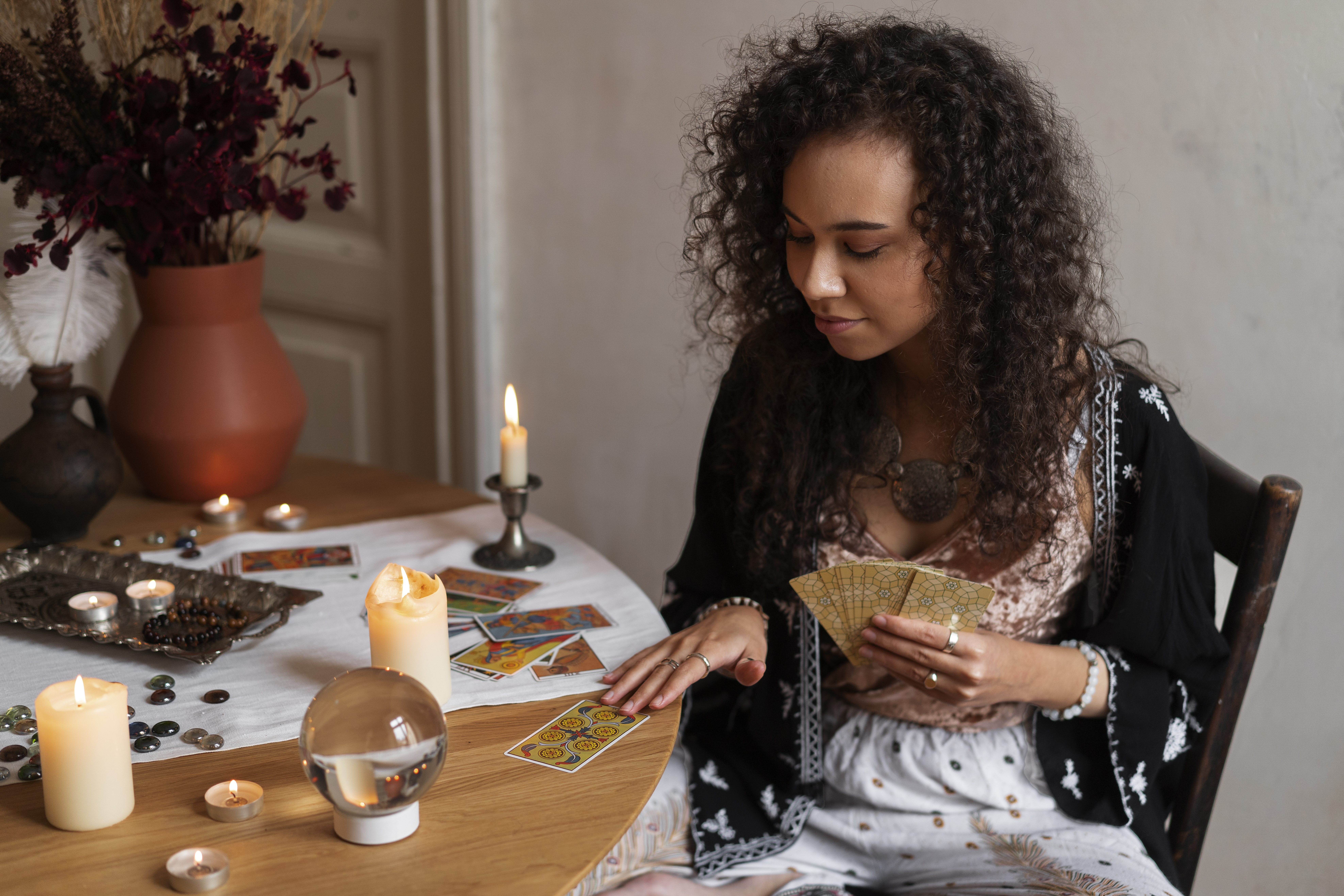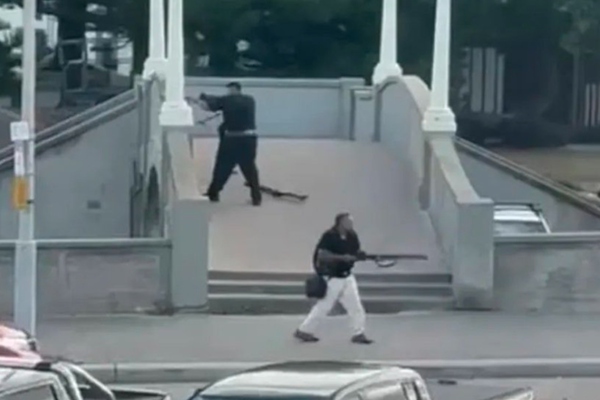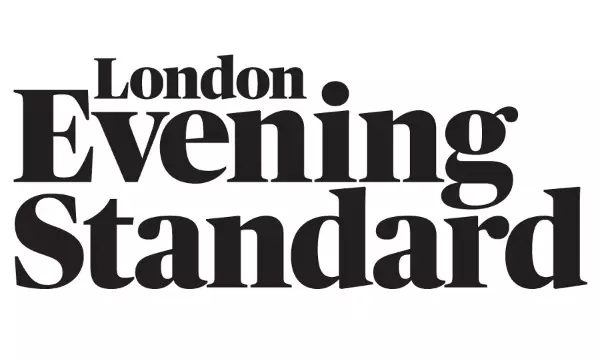
Photo: Freepik
The tarot deck, once dismissed as superstition, now rests quietly beside journals and herbal teas — a ritual embraced not by mystics, but by people worn down by daily life.
It doesn’t look like much — a shuffle, a pull, a pause. There are no neon signs or mystical incantations. Just a symbolic image held in the hand, edges softened by use, a flicker of recognition in its illustration — and then, the day begins. In an era of rising therapy costs and constant digital overstimulation, symbolic systems are quietly reimagined as personal rituals of reflection and emotional scaffolding.
So, how did a fifteenth-century card game evolve into an introspective tool for the mental health-conscious? And more importantly, what is it doing for those who turn to it?
From Noble Pastime to Reflective Practice
Though now closely associated with mysticism, tarot didn’t originate in candlelight. It began in Renaissance Italy as a game for nobles — a pastime of art and strategy, not clairvoyance. Decks like the Cary-Yale Visconti were elaborate and allegorical, populated by figures such as Strength, Death, and The Lovers — not omens, but symbols of virtue and vice.
Centuries later, a cultural evolution that transformed tarot from a Renaissance game into an esoteric visual language reframed those meanings — death became doom, the Fool became fate. Many users are peeling back these overlays, returning to something simpler and more human: a mirror, not a map.
Symbolism as Psychology
We often turn to symbols and stories when logic fails and words fail. Psychology refers to this process as symbolic processing, the brain’s method of making sense through metaphor, image, and pattern.
In this light, tarot isn’t about foretelling. It’s a dialogue with the self. It works like a visual Rorschach test, shaped by medieval imagery and Jungian archetypes. Even seemingly random visuals — symbolic cues influencing emotions — can shift mood or focus.
Many modern users, particularly those who identify as skeptical or spiritually neutral, treat tarot less as prophecy and more as metaphor — a flexible language for emotional prompts when direct articulation feels too raw.
Rituals for the Restless Mind
Photo: Unsplash
We’re all looking for ways to feel steady again. Tarot and astrology are no longer confined to esoterica. Increasingly, they’re embraced as tools for emotional grounding — low-cost, low-pressure rituals that offer structure and stillness amid emotional noise. For some, tarot becomes a morning check-in. For others, it’s integrated into therapy or paired with meditation. Common uses include:
- Drawing a card in the morning to check in with mood or intention
- Journaling interpretations to track emotional patterns
- Using spreads in therapy to explore difficult themes
- Pairing readings with meditation or breathwork
In the digital age, these rituals have moved online. Tarot apps and astrology platforms now offer daily card draws, reflection prompts, and emotion-tracking journals, making introspective practices more accessible for those seeking calm in a tech-saturated world.
Mental health professionals are increasingly open to these symbolic practices as emotion regulation tools for self-care, especially for individuals without access to conventional care.
Skepticism and the Soft Power of Symbolism
Skepticism isn’t just valid — it’s essential. Tarot is not therapy. It isn’t a clinical intervention. But like literature or music, it can sometimes offer what data cannot: resonance.
Critics often reduce tarot to projection. And they’re not wrong. But intentional projection can serve a function — hearing oneself sideways, when a direct approach feels too stark.
This isn’t about mysticism. It’s about access. For someone without the means, time, or readiness for therapy, a quiet moment with the cards can offer something a story to hold, a breath of mental space.
A Mirror, Not a Map
To hold a tarot card is to engage with centuries of cultural memory, visual intent, and psychological meaning — not as fate, but as suggestion.
Tarot doesn’t provide answers. It offers attention. A structured pause to look inward, name a feeling, or confront an avoided question. In that sense, it’s not about predicting what’s next but recognizing where you are.
For some, the ritual is occasional. For others, it becomes a steady practice — marking time, noticing change, or simply stopping and reflecting. There’s meaning in asking, What do I need to hear today?
In moments when clarity feels distant, we often need presence most. The Tarot, in its symbolic stillness, can provide that: a small, deliberate breath between everything else.
The image on the card won’t reveal the future. But in the right moment, it may reflect something even more relevant — the shape of the present, seen clearly for the first time.








